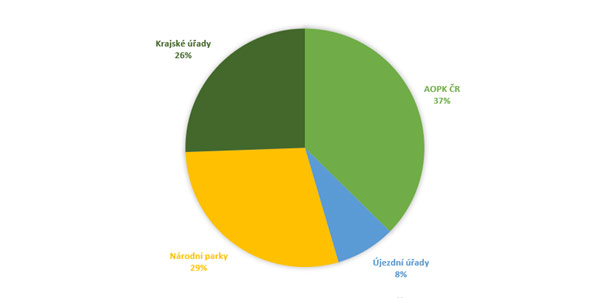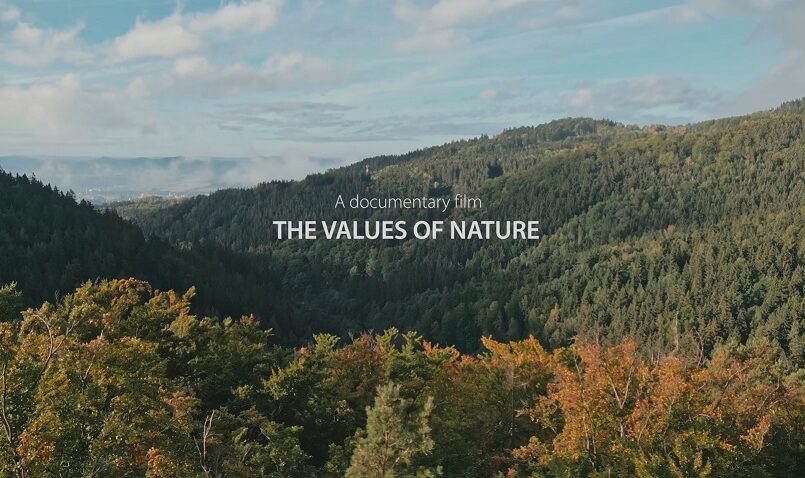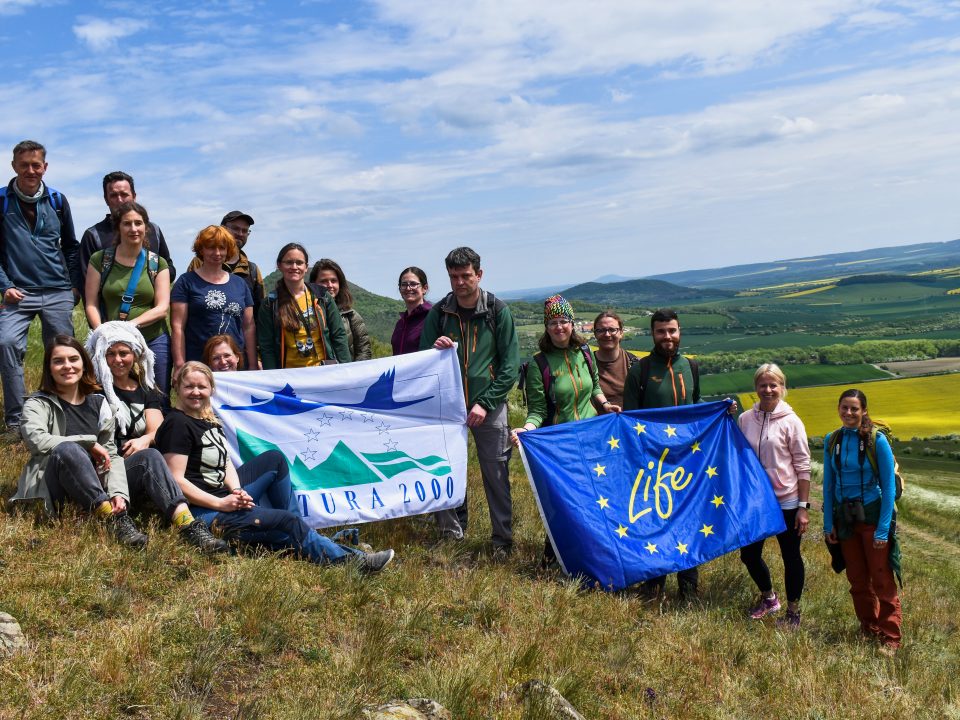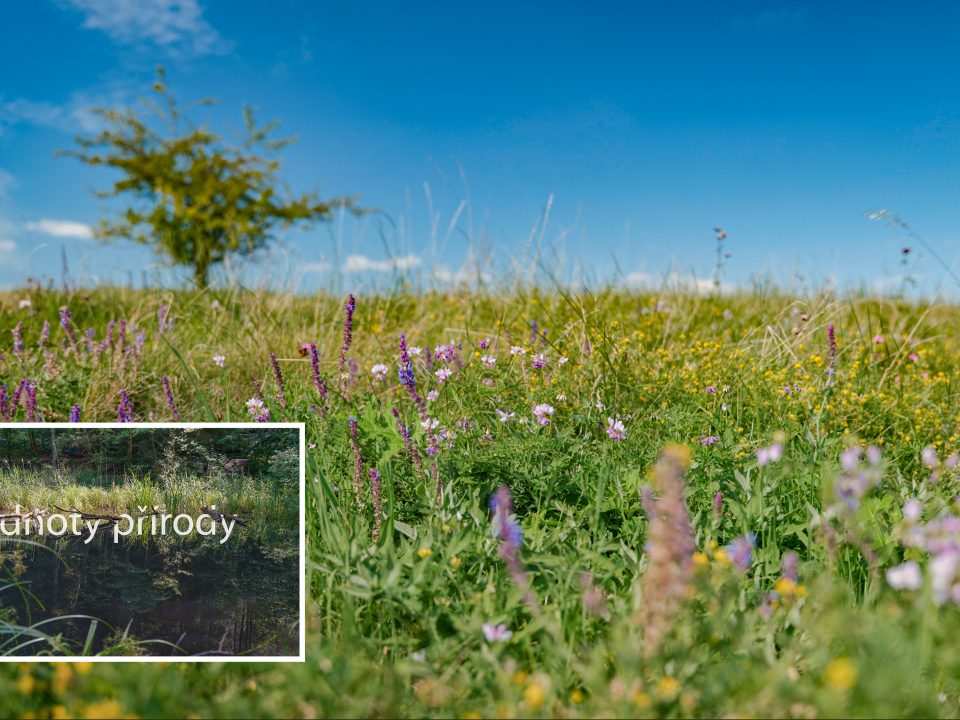WHO MANAGES NATURA 2000: KNOWN AND UNKNOWN ENTITIES
You have probably heard that Natura 2000 is a system of protected areas of Pan-European importance, represented by Sites of Community Importance (SCI) and special protection areas (SPAs). You have also heard that it has been created and protected on the basis of European directives. However, what exactly the protection of these sites consists in, who provides the protection, where the money comes from, or what is PAF may be unknown. These questions will be answered not only in this article, but also in the following ones. This article opens a series that will look at Natura 2000 from the perspective of those who manage it – both the well-known and the lesser-known entities.
The entity which administers a Natura 2000 site is crucial especially because, in addition to the actual planning and management activities or issuing various administrative acts (e.g., binding statements or decisions on activities to be done in the area), it is necessary to secure funding for the management. Sufficient financial resources are an essential precondition in the management of any protected area or natural value in general. The basic expenditure is on staff, who provide other activities, namely management measures. However, the active management is not the only expense that must be taken into account. In the case of nature conservation, even inactivity may cost something – usually a lot. For instance, the payment of compensation for damage related to management restrictions (e.g., leaving a forest or a part of it to develop spontaneously or generally refraining from some activities for the benefit of biodiversity) resulting from Section 58 of the Nature and Landscape Protection Act.
A comprehensive overview of the measures necessary for management of Natura 2000 sites, together with an estimated amount of the resources needed, is provided in the Priority Action Framework (PAF) for the period 2021-2027. This multiannual strategic document lists not only the financial needs but also the financial resources that can be used. The PAF is not just a non-binding document – it was created in response to Article 8 of the Habitats Directive, which requires Member States to estimate the financial needs to meet their Natura 2000 obligations. And what are these obligations? Partly mentioned above – these may be costs concerning site designation, management planning, monitoring, research and education. There is also the actual management, i.e., maintenance and restoration measures aimed directly at species and habitats, or the prevention and compensation of damage caused by protected species.
KNOWN ENTITIES
It is the legal duty of particular authorities to manage Natura 2000. This follows from the Nature and Landscape Protection Act (114/1992 Coll.), which is the key transposing legislation in relation to the Birds and Habitats Directives, i.e., the Directives do not apply directly but must be adequately reflected in national law. This Act defines particular obligations concerning the Natura 2000 network (preconditions for designation, protection, etc.) and the competent nature protection authorities. These authorities are the regional authorities, the Nature Conservation Agency of the Czech Republic (NCA), national parks administrations, Ministry of Environment and military district administrations. The Act also implies that, outside the territories of national parks, protected landscape areas, national nature monuments, national nature reserves or military districts, the respective regional authorities are always in charge of management of SCI and SPAs. If an SCI or SPA is located on the territory of a protected landscape area, a national nature monument or a national nature reserve, it is managed by the NCA, if it is located on the territory of a national park, it is managed by the respective national park administration and finally, if it is located on the territory of a military district, the competent nature protection authority is the respective military district administration. The Ministry of Environment also has a rather partial competence in Natura 2000 sites; namely on land and buildings that form part of objects important for the defence of the state outside military districts.
IMPORTANT PARTICIPANTS
It is not only public administration that is crucial in the management of Natura 2000. Without NGOs, for example, the management of these sites would be practically impossible. NGOs can be land owners (within an SCI or SPA), as well as land users (in the sense of actual using the land) or contractors providing the actual management of the site. The most important participants are private entities – land owners and users. It is obvious that their will to act or refrain from acting can have a major impact on biodiversity (not only) in Natura 2000 sites. This concerns mainly farmers or foresters who are either landowners or land users. All of these stakeholders and many others are not dependent on self-financing, but can participate in Natura 2000 projects, either as partners or as financial support (e.g., in the context of project co-financing). The roles of these stakeholders vary as well as their contribution to Natura 2000 conservation; this often involves mutually beneficial cooperation with nature conservation authorities.
FINANCING POSSIBILITIES
Whether it is the respective nature conservation authorities or entities that are not legally obliged to manage nature, they all have a certain list of financial resources available for Natura 2000 protection activities, which is also included in the PAF. Important European sources include the LIFE Programme, the Operational Programme the Environment (OPE), Interreg, the Rural Development Programme (RDP) and EEA Funds and Norway Grants. National sources of funding are provided in the form of direct expenditure through state organisations and local governments. This may include, for example, compensation for damage caused by restrictions on farming and compensation for damage caused by selected specially protected animals. The state budget is also used in the form of national programmes, namely the Landscape Protection Programme, Support for the Restoration of Natural Functions of the Landscape, Management of Inalienable State Property in Specially Protected Areas, Programme for the Support of NGO Projects and programmes of the Technology Agency of the Czech Republic. We can also mention the role of private sources, which represent a marginal share in the national context – these are often collections, foundations or volunteer corporate activities within protected areas, as well as participation in the co-financing of projects. We will look at these sources in more detail, as well as at individual measures, in the following articles. In particular, we will look at the possibilities of the individual management providers. We will gradually introduce the role of the NCA, national park administrations, regional authorities, military district authorities and also the remaining entities, especially NGOs, farmers and forest administrators.
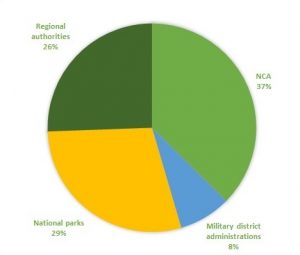
Diagram: The competence of nature protection authorities within the Natura 2000 system in the Czech Republic, calculated according to the area of managed SCI and SPAs (Source: NCA yearbook 2021)




